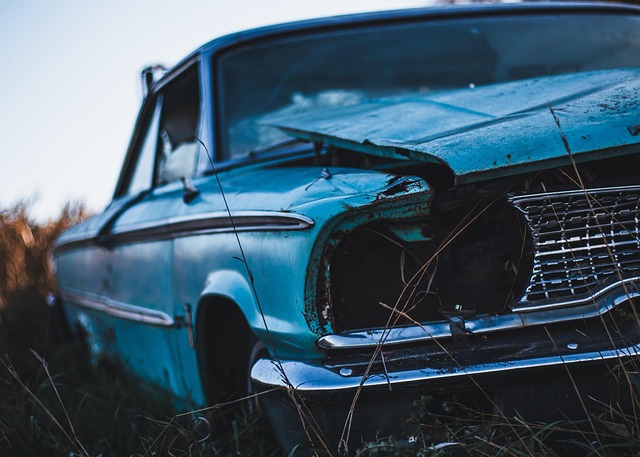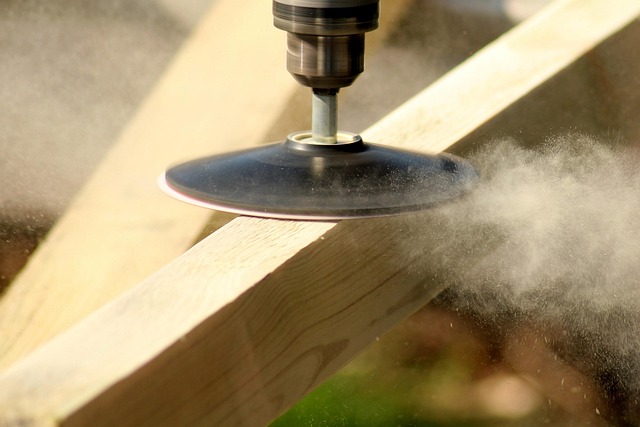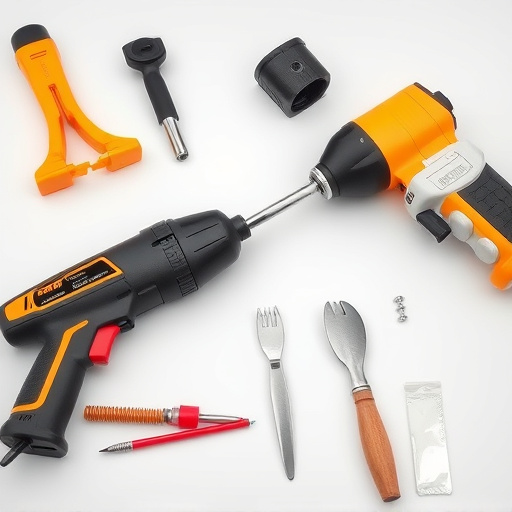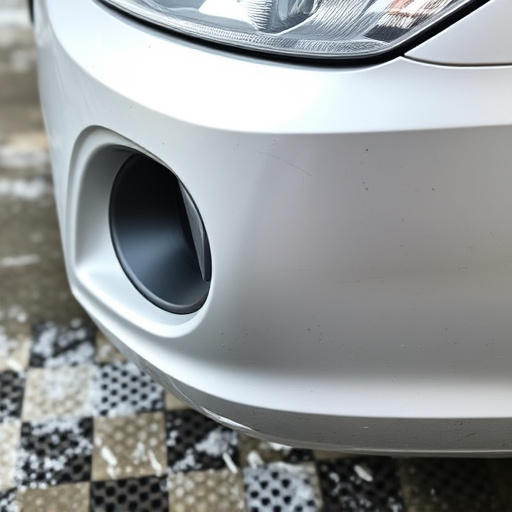Switching from solvent-based auto paint to water-based alternatives improves environmental and health safety due to lower volatile organic compound (VOC) emissions and reduced odour. It requires workspace preparation, including ventilation, protective gear, and organizing tools. This transition demands adapted repair techniques, specific application methods, and meticulous surface preparation for optimal results, but offers a healthier option for workers and communities.
Making the switch from solvent-based auto paint to water-based alternatives can be a game-changer for both professionals and DIY enthusiasts. This comprehensive guide explores the process, from understanding the unique properties and limitations of solvent-based paint to preparing your workspace and implementing essential safety measures. We’ll then delve into choosing the right water-based alternatives and provide application tips to ensure a successful transition.
- Understanding Solvent-Based Auto Paint: Properties and Limitations
- Preparing Your Workspace and Safety Measures
- The Switch: Choosing Water-Based Alternatives and Application Tips
Understanding Solvent-Based Auto Paint: Properties and Limitations
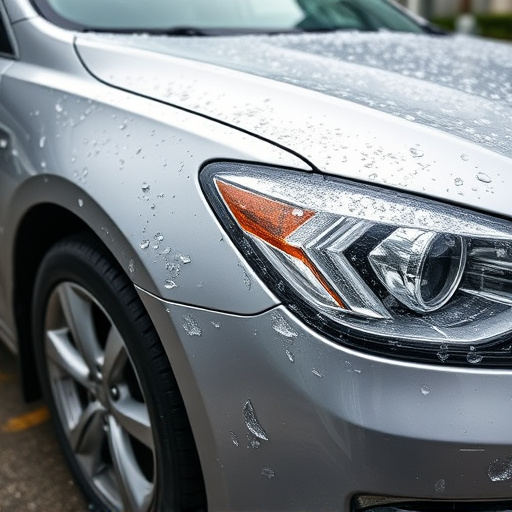
Solvent-based auto paint is a traditional choice for automotive repairs and collision repair services. This type of paint is known for its vibrant colors and smooth finish, but it comes with certain limitations. The primary solvent used in these paints is usually a volatile organic compound (VOC), which can have adverse environmental and health effects. Solvent-based auto paint also requires specific techniques and equipment for application, including specialized brushes, rollers, and spray guns to achieve a professional finish.
In a collision repair shop or during DIY automotive repairs, the use of solvent-based paint involves careful handling due to its flammability and potential for producing toxic fumes. Moreover, these paints often need multiple coats and extended drying times, making the process more time-consuming. Despite these limitations, solvent-based auto paint remains a preferred choice for many because of its durability and ability to provide long-lasting protection to vehicle surfaces.
Preparing Your Workspace and Safety Measures
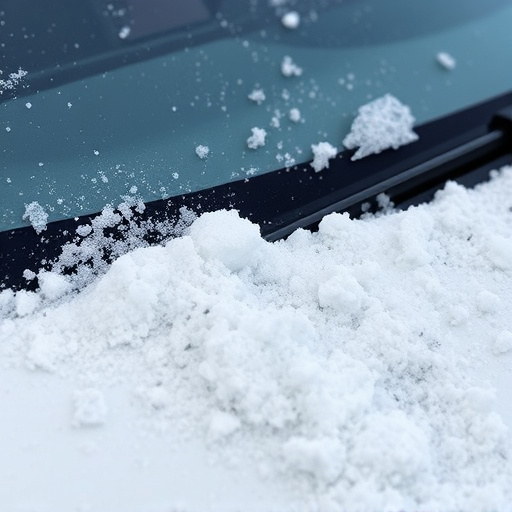
Before transitioning to water-based paints, ensuring your workspace is prepared and safe is paramount. This process involves several crucial steps. First, designate a well-ventilated area for your project; solvent-based auto paint emits strong fumes that can be hazardous if not adequately vented. Setting up exhaust fans or opening windows can help improve air circulation. Next, gather all the necessary tools and equipment, including protective gear such as gloves, safety goggles, and a respirator mask to shield against inhalation of paint particles and chemicals.
Organize your workspace by laying out all the materials required for the transition process. This includes cleaning solutions suitable for removing solvent-based residue, new water-based paints, brushes, rollers, and any other tools specific to collision repair or car dent repair tasks typically performed in a car body shop. Proper preparation not only ensures a smoother transition but also enhances safety during the entire project.
The Switch: Choosing Water-Based Alternatives and Application Tips
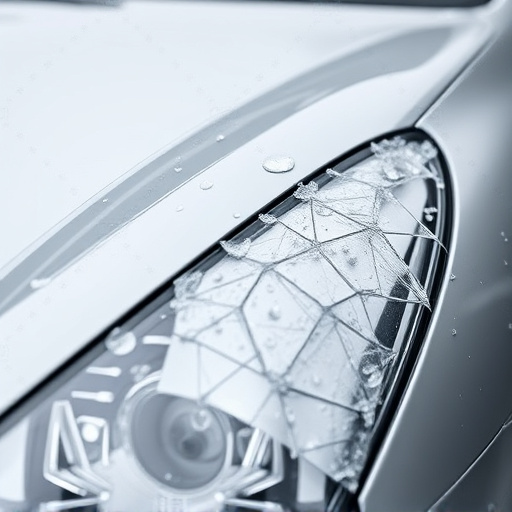
The switch from solvent-based auto paint to water-based alternatives is a significant step for eco-conscious vehicle body shops and automotive repair professionals. Water-based paints offer a cleaner, more sustainable option with reduced odour and lower volatile organic compound (VOC) emissions, making them beneficial not just for the environment but also for the health of workers and nearby communities.
When transitioning, auto glass repair and paint application techniques must be adapted. Water-based paints require specific brushes, rollers, and applicators designed to manage their thinner consistency. Proper preparation of the vehicle’s surface is crucial, ensuring it is free from grease, dust, and other contaminants before applying the new paint. This might involve specialized cleaning solutions and pre-treatments. During application, maintain a consistent wet edge to prevent lap marks and ensure even coverage. Let each coat dry thoroughly between applications to achieve optimal results.
Transitioning from solvent-based auto paint to water-based alternatives offers a greener, more user-friendly option with reduced odor and improved safety. By understanding the properties and limitations of solvent paints, preparing your workspace appropriately, and choosing the right water-based products for application, you can achieve professional results while mitigating environmental impact. This eco-conscious shift not only benefits the planet but also creates a healthier working environment.
